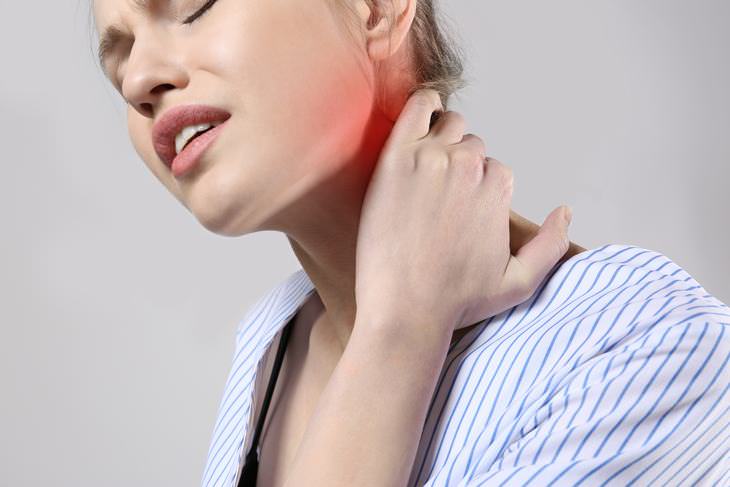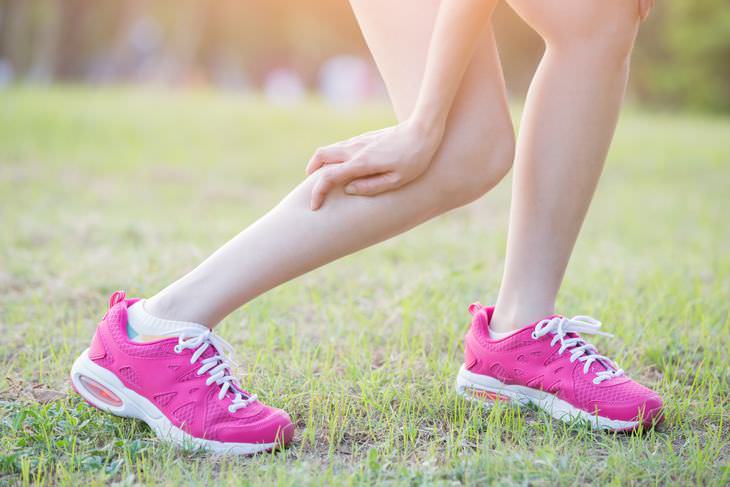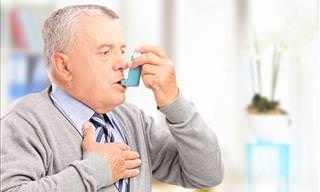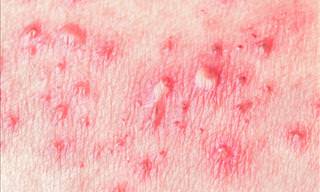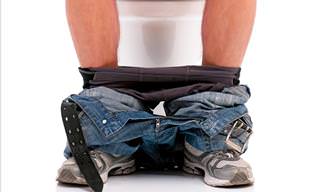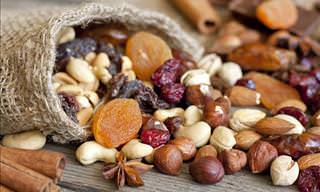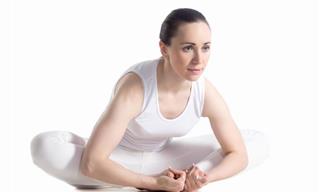What Are Muscle Spasms?
Muscle spasms are involuntary contractions of one or more muscles. During a spasm, your leg, neck or back may cramp up and tighten without you trying to move them. They tend to stay this way for a period of time and are unable to relax.
The feet are the most common area for muscle spasms to occur, but it is possible to get them anywhere, including around your abdomen, ribs, hands and ankles. Muscle spasms come and go depending on what you've been eating, your sleeping patterns and even if it is that time of the month, in the case of women.
One of the most common and agonizing types of muscle spasms is the charley horse, which causes cramping in the calf muscles. The pain can be so bad that it can wake you up. Other types can kick in when you stand up, get out of bed in the morning, or just after exercising.
The older you get, the more likely you are to suffer from occasional muscle spasms, primarily because we lose muscle mass each year as we age. This means that there's more pressure on our remaining muscles to support our body weight.
Nevertheless, be it age or losing muscle mass or not, just about everyone experiences muscle spasms at one time or another. People who are especially prone to dealing with muscle cramps frequently include anyone with a poor diet, poor circulation, high levels of inflammation and athletes and women who are pregnant or experiencing PMS. Whatever the reason may be, here are six natural treatments for muscle spasms:
6 Natural Treatments for Muscle Spasms
1. Prevent Electrolyte Imbalances
Being deficient in potassium or magnesium can be a cause of muscle spasms. If you've been working out without refueling afterward or are beginning your menstrual cycle soon, or eat a diet that is low in fresh foods, you could be low in these two essential nutrients that help muscles contract normally.
Low potassium also known as hypokalemia, develops when potassium in the blood drops below normal. It is one of the most common reasons people deal with leg cramps, including those that strike in the middle of the night. Being low in B vitamins can also increase cramps especially in your legs. Get more B vitamins by increasing your intake in eggs, grass-fed meat and wild-caught fish as well as ancient grains and legumes.
2. Stretch and Massage Your Muscles
Staying active is a great way to prevent muscle spasms. People who are physically fit maintain more muscle mass and usually have less inflammation. They also tend to be more flexible. It is important to warm-up properly and cool down before and after exercise as this can help prevent muscles from becoming overly fatigued, strained or pulled.
Prior to working out, try warming up by jogging on the spot, getting your heart rate up and do dynamic movements that bring blood to your major muscles, tendons, ligaments and joints. Spend the last 10 to 15 minutes stretching your major muscle groups by holding stretches for at least 20 to 30 seconds. Focus on the vulnerable areas particularly the hamstrings, quadriceps and ankles. Furthermore, be sure to add plenty of rest for proper muscle recovery as a preventative measure.
If dealing with a charlie horse, try stretching once the pain comes on. Sit down with your legs straight in front of you and pull your toes/top of your feet back toward you to stretch your hamstring. If the back of your thigh is affected, bend your affected leg and grab your foot behind you, pulling your foot up toward your back, stretching out the front of your thigh.
3. Stay Hydrated
Dehydration may be a cause for your muscles to spasm and cramp up. Be sure to drink enough water every day based on your body size. Remember that if the weather is very hot and you are sweating, or you've been exercising or drinking alcohol, be sure to have even more than you usually do to stay hydrated. This helps prevent muscle problems caused by heat exhaustion, intense thirst or heavy sweating.
4. Use Ice or Heat Packs on Sensitive Muscles
When dealing with pain, tightness or cramping, heat relaxes the muscles. Try applying heat to the areas where you frequently get spasms by using a heating pad. A steam room or sauna may also be a good option. The same thing can be done using an ice pack, applied to swollen or painful areas several times per day.
5. Adjust Your Posture
If you are hunching over for several hours a day, or are exercising and walking with bad posture you may be putting yourself at risk of muscle pain, including back spasms or muscle spasms in the legs and neck. Kyphosis is a condition caused by rounding or forward curvature of the spine which can lead to back spasms, general back pain and overall stiffness.
Slouching over can weaken your neck muscles over time and also cause strain to your back muscles. This will increase inflammation in your upper back and shoulder area. See a chiropractor for adjustments or a physical therapist if the condition becomes frequent and serious enough.
6. Take a Bath with Epsom Salt
Epsom salts are naturally rich in magnesium that seeps into your skin to reach tense muscles when added to a warm bath. They also help prevent magnesium deficiency, ease stress, soothe muscles and detoxify the body. A hot bath will also help relax the muscles and ease anxiety.
 Go to BabaMail
Go to BabaMail


